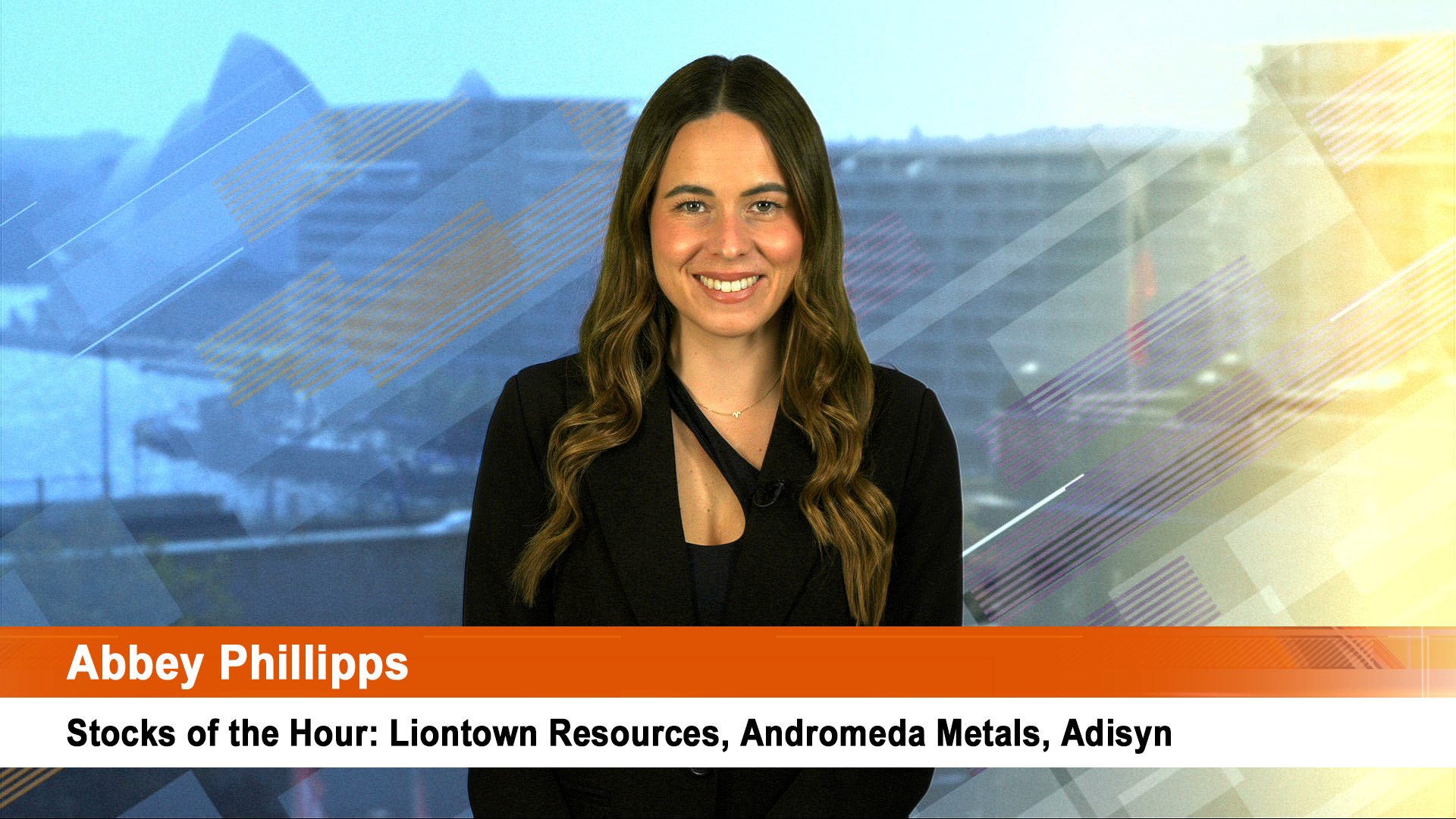In 2007 the US housing sector and all the exotic securities than hang off dodgy valuations, falling prices and going broke homeowners smothered the US financial system and economy, producing the 2008 crash and crunch.
In 2011 the US housing sector remains broken and is in danger of smothering, or at best severely retarding America’s stuttering economic recovery.
In its post meeting statement this week, the Fed was generally more upbeat about the state and direction of the US economy than it has been for several years, with the notable exception of housing, which it said was still depressed.
A day later a shock fall in building permits to a new all time low, and a bigger than expected fall in actual starts (both for February) confirmed the Fed’s reading and got analysts wondering if the housing slump could again break the economy.

When you look at the rising impact of petrol and oil prices (which is boosting headline inflation, but not yet core prices) and the dramatic surge in uncertainty caused by the combination of the Japanese quake, tsunami and the nuclear crisis, then such speculation is not out of place, even though it would have been unthinkable a month ago.
The number of permits issued in February for future housing construction fell to a new all-time low last month, according to the US Commerce Department.
Permits fell to an annual rate of 517,000 last month, down 8.2% from a revised 563,000 in January, the lowest level seen since the government started tracking the figures in 1959, and much worse than economists had expected.
New home construction also dropped more than expected in February, falling at its fastest rate since March 1984.
Housing starts, the number of new homes being built, fell 22.5% to an annual rate of 479,000 in February, down from a revised 618,000 in January. Economists had been looking for a fall to around 545,000.
Single-family home construction fell 11.8% during the month, but a 47% drop in apartment building (it’s volatile in Australia as well) was the reason for the big fall in starts.
The continuing high level of unemployment is not helping confidence in housing and the lack of significant demand for housing and accompanying price rises, is adding to the intractability of unemployment in many areas according to some US economists.
Then there’s the still hesitant economy, the recent jump in petrol prices, and now bad news from Japan. Mortgage rates remain around reasonably attractive levels and home prices are still falling (which is also putting more people in negative equity situations).
US builders rushed to secure permits in December and start building in January to get ahead of new zoning laws, but that impact has gone and normal demand levels seem to have been restored, which do no bide well for the rest of the year.
But both permits and new construction remain more than 20% below their prior-year levels.
CNNMoney’s website carried this telling quote yesterday: "Bottom line is that here in the 20th month of the economic recovery, the sector that normally leads both recessions and expansions has yet to gain any traction," David Resler, chief economist for Nomura Securities, said in a research note".
And there’s worse to come, home loan foreclosures have slowed up sharply (down 27% last month) as the US Government and mortgage services companies and banks negotiate a deal that will end legal action against these companies for dodgy practices, in exchange for more help for mortgagees.
Just how far any deal will go in slowing the expected surge in foreclosures when the agreement is reached is impossible to say.
But despite the slowdown in foreclosures, house prices keep falling and are now down on a year ago.
Around 11.1 million US residential properties have negative equity and some 4.3 million mortgage loans are behind on payments (delinquent, as Americans say) or in the foreclosure process already.
All attempts by the Obama administration to help have failed, been botched or just proven unworkable. Banks don’t want to take a realistic approach to helping mortgagees because that would involve more losses from asset write-downs and regulators are loath to demand that because everybody wants to continue the great illusion that US banks are out of the woods.
The about to end stress tests from the Fed for the 19 biggest banks will not press home a realistic attempt to get accurate home loan valuations; no one wants to rock the boat and regulators and banks want dividends to rise to encourage confidence.
So the remorseless slide in home prices will continue and millions more home loans will fail and their holders be foreclosed. American unemployment will slowly improve, despite hundreds of thousands of job openings appearing and wages will remain depressed.
Eventually all that will combine to push consumer confidence lower cut spending and nudge the US economy closer to stalling speed in the next year.
And, what happens then?













